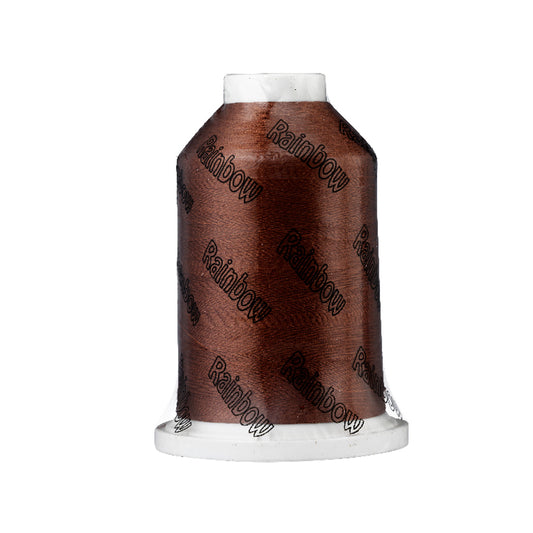Mastering the Balance: Auto-Digitizing and Manual Digitizing in Embroidery
Breaking Down the Article
- Introduction to the challenges of auto-digitizing and the need for expert intervention.
- Explanation of auto digitizing with embroidery software.
- Differentation between auto and manual digitizing, including tips for both.
- The effectiveness of auto-digitizing: When it works and why it often doesn't.
- The importance of high-quality images in auto-digitizing without compromising design quality.
- The significance of manual digitizing skills and when to use them.
- Recommendations on learning embroidery digitizing to enhance overall embroidery outcomes.
- Conclusion emphasizing the need for manual input to achieve optimal embroidery results.
Understanding Auto Digitizing with Embroidery Software
Auto-digitizing software enables the conversion of graphic designs into machine embroidery design files by analysing and generating the necessary layers, stitch types, and colours. Although it's a time-saving tool, it often produces designs with structural issues, especially for complex patterns. This software relies on algorithms that may not always follow logical or visually pleasing stitching sequences, making manual intervention invaluable.
Manual Digitizing: The Art of Precision
Manual digitizing allows embroiderers to intricately translate designs into embroidery by controlling stitch orders, angles, and layers. Unlike auto-digitizing, it offers flexibility and precision, ensuring the final output matches the envisioned design. Thus, a blend of both auto and manual digitizing skills ensures superior results.
Effectiveness of Auto Digitizing Software
The efficiency of auto-digitizing software is relative. For basic designs, the software might deliver satisfactory results. However, complexities in logos and graphics often lead to issues like excessive stitch counts, jump stitches, and design distortions. These inefficiencies usually stem from the software's inability to intelligently interpret the best stitch angles and fill patterns, which manual digitizers can easily correct.
The Role of High-Quality Images
Using high-quality images, like vector formats, can improve auto-digitizing outcomes but doesn't eliminate the need for manual adjustments. Graphic designs intended for print media seldom consider the layered, tactile nature of embroidery, leading to potential errors in stitch count and sequence when auto-digitized.
Manual Digitizing Skills: An Embroiderer's Secret Weapon
Acquiring manual digitizing skills can significantly enhance your embroidery projects. It enables you to fine-tune auto-digitized designs or create intricate designs from scratch efficiently. This expertise not only saves time but also ensures your designs are production-friendly and visually appealing.
Choosing the Right Software
While graphic software skills can be beneficial, focusing on mastering embroidery digitizing software is more practical. This knowledge allows you to adjust nodes and create embroidery-ready graphics directly, ensuring seamless workflow and better design integrity.
Improving Your Embroidery Skills
To elevate your embroidery projects, it's essential to incorporate both auto and manual digitizing skills. Auto-digitizing, though convenient, often necessitates manual tweaks to perfect the design. By combining these skills, you ensure a high-quality outcome that meets professional standards. Consider resources and courses like our Embroidery Digitizing 101 Cheat Sheet & Video Course to build your foundational knowledge.
Conclusion: Auto Digitizing Embroidery Software Works… If You Work It
Auto-digitizing software provides a quick solution for digitizing designs but typically requires human intervention to produce high-quality results. Despite using high-quality images, the software’s limitations necessitate manual digitization to achieve optimal outcomes. Embedding manual skills in your digitizing process will enhance your embroidery precision and efficiency.
First Trim's Hot Take
For optimal embroidery results, balancing auto and manual digitizing is key. Auto-digitizing offers convenience, but manual skills ensure quality. By learning the essentials of digitizing, you can save time, reduce frustration, and produce superior designs. Enhance your skills with specialised courses to take your embroidery projects to the next level. Start your journey with our Free Embroidery Digitizing 101 Cheat Sheet & Video Course, and witness the transformation in your embroidery outcomes.
Original Article: https://www.digitizingmadeeasy.com/embroidery-auto-digitizing-software/




